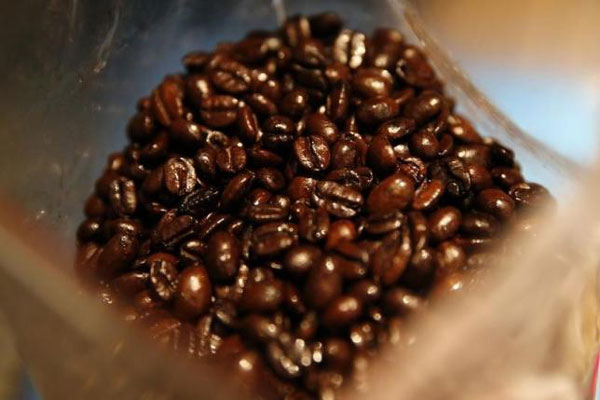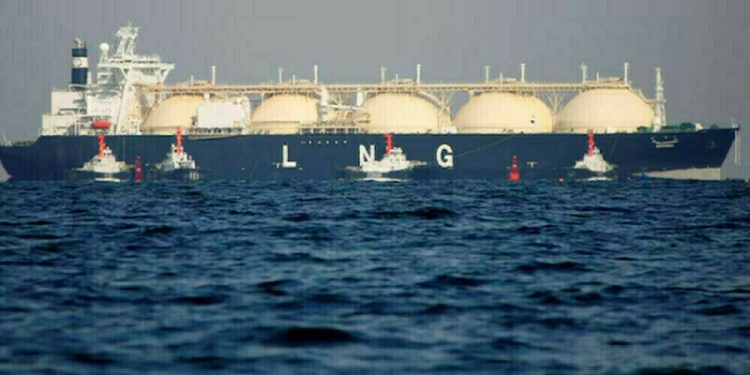Tuesday, 10 November 2015 17:57
 HANOI: Harvesting of Vietnam’s new crop coffee has been gathering pace after a start hampered by rain earlier this month, but a slight gain in prices has yet to translate into a market in full swing, traders said on Tuesday.
HANOI: Harvesting of Vietnam’s new crop coffee has been gathering pace after a start hampered by rain earlier this month, but a slight gain in prices has yet to translate into a market in full swing, traders said on Tuesday.
Foreign buyers have not bought much as they are waiting for fresh beans to emerge in December, contributing to a slow market in the world’s top robusta producing nation, traders said. “About 15-20 percent of cherries have matured but growers are not rushing to harvest,” said a trader at a European firm in Ho Chi Minh City. “Buyers also aren’t rushing, waiting for fresh beans and anticipating prices could fall in December.”
Robusta beans edged up to 35,400-35,800 dong ($ 1.58-$ 1.60) per kg on Tuesday in Daklak, Vietnam’s largest coffee growing province, from 35,200-35,600 dong a week ago.
The gain was in line with higher futures prices on a softer dollar and a forecast for dry weather this week in Brazilian coffee areas, with January robusta settling up 1.3 percent on Monday at $ 1,625 per tonne.
Despite the gains, domestic prices are still below the level of 37,000-38,000 dong/kg at which farmers would be ready to unload beans, traders said.
Vietnam’s robusta grade 2, 5 percent black and broken beans were offered at premiums of $ 10-$ 20 a tonne to London’s January contract on Tuesday, compared with quotes at premiums of $ 0-$ 20 a tonne a week ago.
In Daklak, which produces a third of Vietnam’s coffee, the rainy season has already ended this year, prompting cherries to ripen early, said Trinh Duc Minh, head of the Buon Ma Thuot Coffee Association.
“But the dryness has affected the cherries”, causing bean sizes to shrink, he said. Output this year could drop nearly 6 percent, Minh said, although he gave no detailed figures.
The Central Highlands coffee belt, including Daklak, suffered from dryness in March-May 2015 during the peak of the 2015 dry season.
The El Nino weather phenomenon could intensify in coming months, affecting the 2016/2017 coffee crop as well, Minh and Vietnamese traders said.
The El Nino will peak between December 2015 and February 2016, reported the official Liberation Saigon daily on Tuesday, citing a state forecaster.
“Underground water is already low, and growers worried about watering next year,” one of the traders said.





























